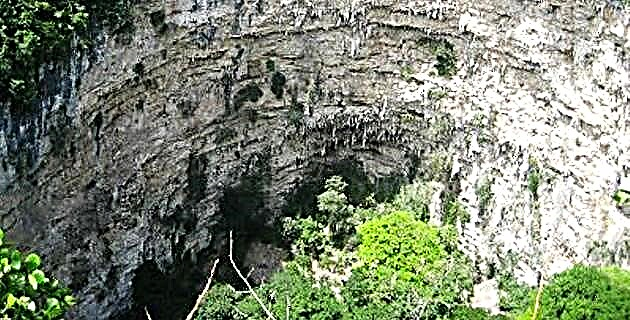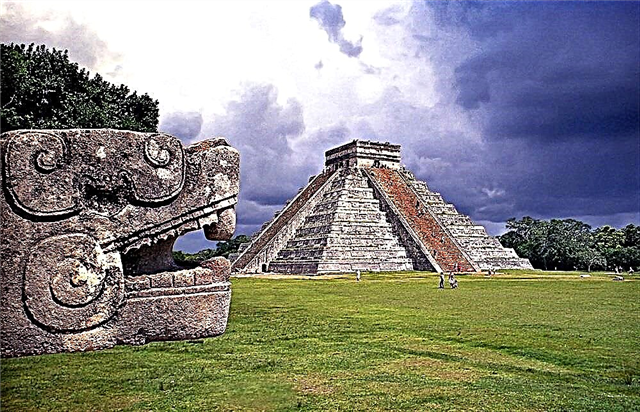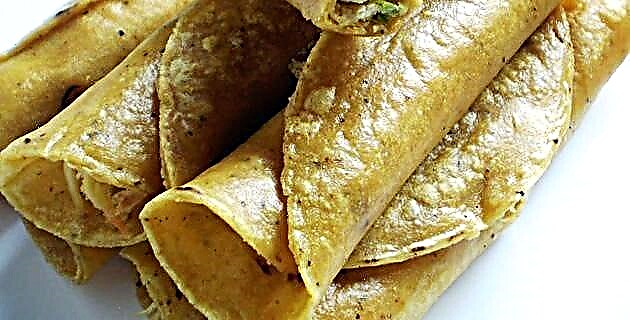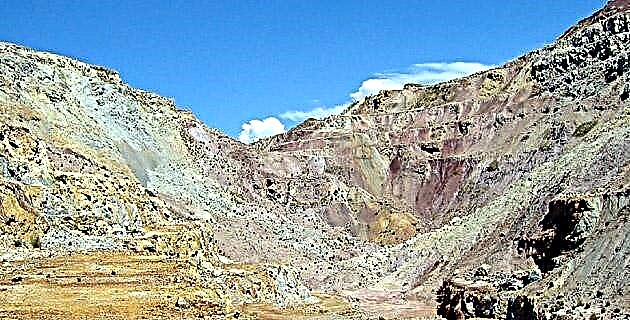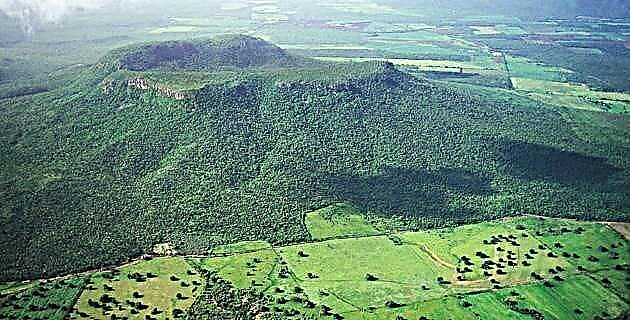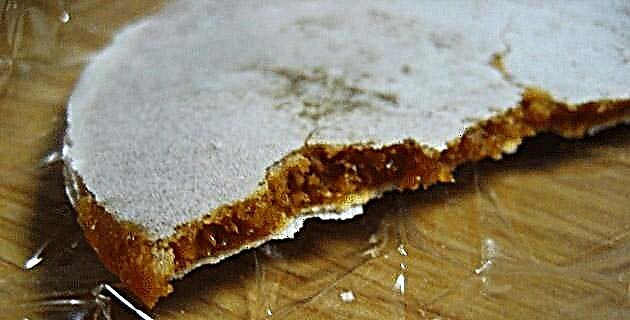Although the data is uncertain, it is known that thousands of people die each year in the world from poisonous snake bites.
However, most snakes are not poisonous. In Mexico are 700 species and only four are poisonous: bells, nauyacas, coralillos and cliffs.
It is not easy to identify a poisonous snake. The triangular head, which many assume a characteristic, is present in harmless snakes, while the coral reef, one of the most poisonous, has a sharp head that hardly differs from the neck. A bell on the tail, of course, is always a sign of danger. When in doubt, avoid them all. But you don't attack them. 80% of bites occur when trying to kill the snake.
By the position of their fangs, snakes are classified into:
Agliphs: snakes without fangs, not poisonous. Some can be aggressive and bite fiercely, but the damage from their bite is a simple local injury. Example: boas, pythons, corn snakes, etc.
Opistoglyphs: not very venomous snakes with poorly developed hind fangs. Its bite produces pain and local injury; it rarely causes major damage. Example: bejuquillo.
Proteroglyphs: snakes with anterior, fixed and not very developed fangs. They are generally reluctant to bite and varieties from the Americas are shy. Its venom is one of the most active. Example: coral.
Solenoglyphs: snakes with anterior, retractable, highly developed fangs. Although their venom is less powerful than that of proteroglyphs, due to their aggressiveness and development of the fangs system they are the most dangerous, being responsible for almost all poisonous bites. Example: rattlesnake and nauyaca.
Even the most aggressive and venomous snakes are usually harmless if left unmolested. For this, the following precautions must be taken:
1. Pay attention to where you step when you walk through areas where there are poisonous snakes, to avoid disturbing them.
2. When jumping logs make sure that no snake is hiding on the other side; When climbing walls or walking on stones, check that there are no snakes in the hole where you put your foot or hand.
3. When walking through brushy areas, clean the vegetation with a machete, since that scares them, or at least puts them in the open and out of their hiding places.
4. When walking near rocky walls, take the same precautions and do not go near holes or crevices and do not reach in without making sure they are free of these reptiles.
5. When sleeping in the field, clear the ground and do not set up your camp near piles of rocks or dense brush.
6. Do not put your hands under rocks or logs to lift them. First, roll them with a stick or a machete.
7. Check your shoes before putting them on. Do the same when opening backpacks or stores.
8. Preferably wear thick shoes or high boots. Remember that 80% of bites occur below the knee.
If you were already bitten
1. The poison has two effects: hemorrhagic and neurotoxic. The first is due to interference with coagulation; the second paralyzes the victim. All vipers have both components, although the proportions vary; in the case of rattlesnakes, the predominant venom is hemorrhagic, while that of coral reef is almost totally neurotoxic.
2. Stay calm. The poison is not that violent and panic is responsible for the complications. You have up to 36 hours to act, but the sooner you attend the better.
3. Check the wound. If there are no fang marks, it is a non-venomous snake. In that case, just clean the wound very well with antiseptic and put on a bandage.
4. If there are fang marks (it could be a single mark, since snakes change their fangs or one of them breaks) apply a tourniquet 10 cm above the bite site, which should be loosened one in 10 minutes. The tourniquet is to hinder the lymphatic circulation and should allow the finger to slide with some difficulty between the ligature and the affected limb.
5. Clean the area very well with an antiseptic.
6. Suction the wound for 30 minutes with a special suction cup that you must include in your first aid kit; It is recommended to use the mouth only if the suction person does not have ulcers in the mouth or stomach. In this way, up to 90% of the poison is eliminated. The suction should be done at the penetration holes of the fangs. Do not make incisions, as cutting the skin facilitates the distribution of the poison.
7. If you do not develop active bleeding from the holes, swelling or redness, it is a "dry" bite. Up to 20% of nauyaca bites are dry. At that time, he interrupts the treatment and only cleans the wound with antiseptic.
8. Apply antiviperine serum or go to the doctor as soon as possible. If you do, follow the procedure indicated by the manufacturer of the serum to the letter.
9. With proper treatment, mortality is less than one percent of cases.
10. It is ineffective to cauterize the wound, apply electrical current, or consume alcohol. Neither are the local remedies recommended by indigenous people or locals.
The antiviperine serum
In Mexico, serum is produced against rattlesnake and nauyaca venom, causing around 98% of bites. It can be purchased at Directorate of Biologicals and Reagents of the Ministry of Health, at Amores 1240, Colonia del Valle, México D.F.
Before there was serum against coral reef, but now it is available only in zoos or imported and is very expensive. With this shy and elusive snake, the best precaution is to pay attention to its vivid coloration (black, red and yellow rings) and avoid pestering it.
Have you encountered a snake on your travels through Mexico? Tell us about your experience.
snake bite snake bites
